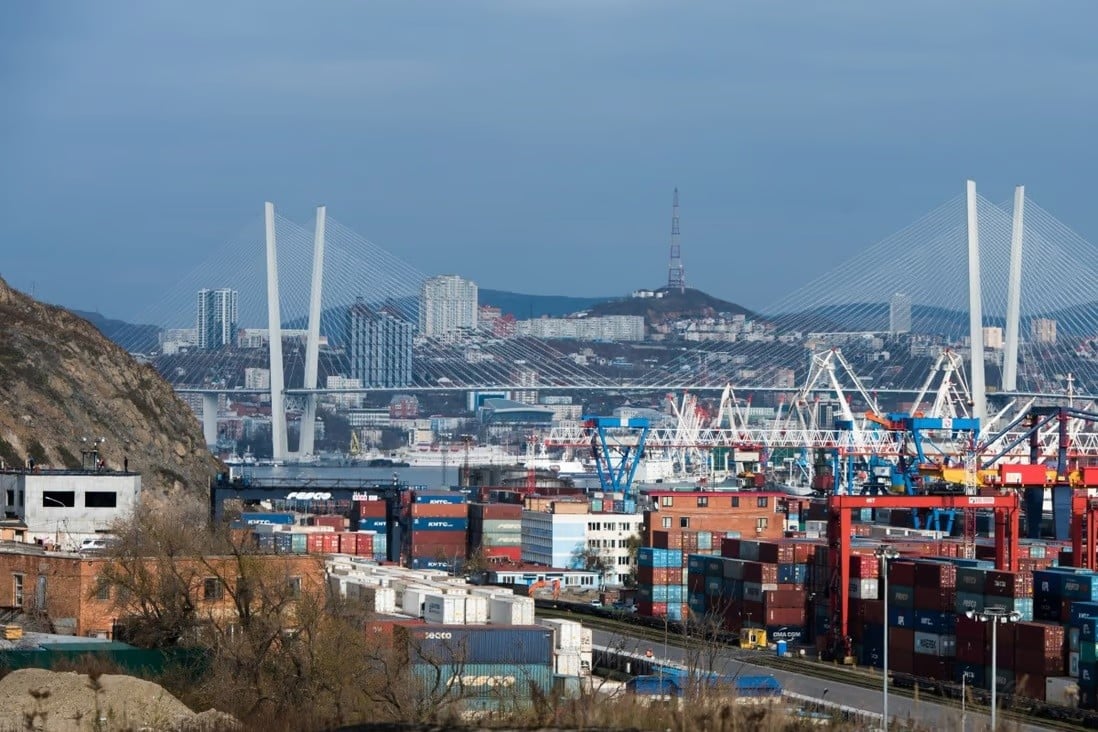 |
| From June 1, China will add Russia's Vladivostok port to its list of transit ports for domestic goods across the border in northeastern Jilin Province. (Source: Shutterstock) |
Russia opens important port to China
Since the outbreak of the Russia-Ukraine conflict (February 2022) and the imposition of unprecedented trade and financial sanctions on Moscow by the West, China has been the beneficiary. It has gained access to key geographical locations such as the Russian port of Vladivostok, and the Northeast Asian country's auto exports have increased exponentially.
So far, China has remained neutral in the conflict, putting its national interests first. But Beijing appears to have taken full advantage of the sanctions against Moscow and emerged as the winning partner.
Recently, according to the announcement of the General Administration of Customs of China (GACC), from June 1, this country will add Russia's Vladivostok port to the list of transit ports for transporting domestic goods across the border in Jilin province in the Northeast. Vladivostok is the largest port on the Pacific coast of Russia, with an annual container throughput of nearly 1 million TEU.
Opening up Russia's Far East is also part of the goal of strongly promoting trade between Russia and China.
Experts say that the opening of this port will also help promote trade growth between the two countries, especially transit trade, bringing great benefits to economic development and contributing to the revival of old industrial bases in Northeast China.
China believes that the Vladivostok port's participation in its trade system reflects "high-level strategic trust between Beijing and Moscow".
As Western sanctions pose significant challenges to the Russian economy, the country's dependence on China is bound to increase. According to GACC, bilateral trade between China and Russia reached $73.15 billion in the first four months of 2023, up 41.3% year-on-year.
Russian Prime Minister Mikhail Mishustin recently signed a decree approving an intergovernmental agreement to supply natural gas to China via the Far East gas pipeline.
“With Russia opening Vladivostok Port to China as a transit port, the two countries can cooperate more in logistics, further enhancing the economic vitality of Northeast China and the development of the Russian Far East,” said Song Kui, head of the China-Russia Institute for Regional Economic Research.
By transiting through Vladivostok port, goods from Heilongjiang and Jilin provinces can be transported directly to the sea, without having to go to Liaoning province by road and then go to the sea. The distance from Jilin, Heilongjiang to ports in Liaoning is more than 1,000 km, while the distance from some cities in Heilongjiang, Jilin to Vladivostok is only about 200 km, so the cost of transporting goods is significantly reduced.
According to Global Times : “Transporting goods from north to south China via Russia's Vladivostok port will not only cut costs but also help Beijing strengthen its supply and industrial chains with neighboring countries.”
Vladivostok is located in Northeast Asia, where China, Korea, Japan and Russia meet. It is an important crossroads between the whole of Europe and Asia. In addition to being a vital economic transport route, it is also of geopolitical importance to Russia.
China's auto industry is on the rise
China overtook Japan to become the world's top auto exporter in the first quarter of 2023, thanks to increased exports to Russia and growing demand for electric vehicles.
Russia's auto industry has been hit hard by Western sanctions, with major global companies leaving the country, which could be a boost for China's auto industry.
 |
| In the first quarter of 2023, Chinese car exports to Russia tripled year-on-year to 140,000 units. (Photo: Tomoko Wakasugi) |
According to data released by the China Association of Automobile Manufacturers, auto exports in the January-March period this year jumped 58% from the same period last year. The country exported 1.07 million units in the first quarter of 2023 compared with 950,000 vehicles exported by Japan.
While Belgium, Australia and Thailand remain the top destinations for Chinese electric vehicles, Russia has emerged as the No. 1 export destination for all vehicles produced by the world’s No. 2 economy. In the first quarter of 2023, Chinese car exports to Russia tripled year-on-year to 140,000 units.
After Russia launched a special military operation in Ukraine in February 2022, Toyota Motor, Volkswagen and other global automakers closed factories in Russia and withdrew from the market.
This gap has been filled by Chinese automakers. Chery Automobile and Great Wall Motor have immediately expanded their operations in Russia.
China also exported nearly 30,000 trucks to Russia, nearly seven times the volume from last year.
China overtook the United States to become the world’s largest market for new vehicles in 2009. The Northeast Asian nation’s explosive growth in auto exports is expected to continue in the second quarter as Beijing has offered tax incentives to help develop its domestic electric vehicle industry. Government support has helped push electric vehicles into the mainstream.
The shift to electric vehicles has fueled China’s rise as an auto export powerhouse. Exports of new-energy vehicles, including electric vehicles, rose 93% year-on-year to 380,000 units in the first quarter. New-energy vehicles account for about 40% of China’s total auto exports.
Analysts say the conflict in Ukraine and Western sanctions have pushed Russia closer to China, with the two economies increasingly needing each other. Neither Moscow, Kiev nor the West have emerged as winners, but Beijing appears to have gained new advantages.
Source


![[Photo] Readers line up to visit the photo exhibition and receive a special publication commemorating the 135th birthday of President Ho Chi Minh at Nhan Dan Newspaper](https://vphoto.vietnam.vn/thumb/1200x675/vietnam/resource/IMAGE/2025/5/17/85b3197fc6bd43e6a9ee4db15101005b)
![[Photo] Prime Minister Pham Minh Chinh chairs meeting on science and technology development](https://vphoto.vietnam.vn/thumb/1200x675/vietnam/resource/IMAGE/2025/5/17/ae80dd74c384439789b12013c738a045)



![[Photo] More than 17,000 candidates participate in the 2025 SPT Competency Assessment Test of Hanoi National University of Education](https://vphoto.vietnam.vn/thumb/1200x675/vietnam/resource/IMAGE/2025/5/17/e538d9a1636c407cbb211b314e6303fd)


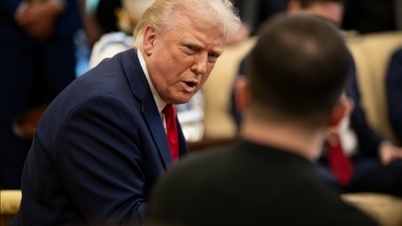


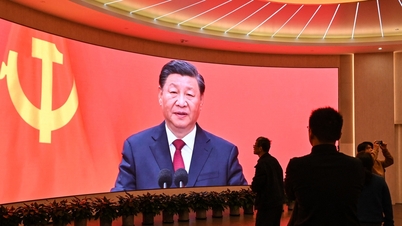

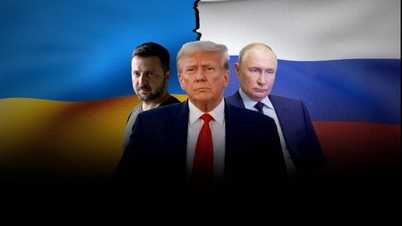



















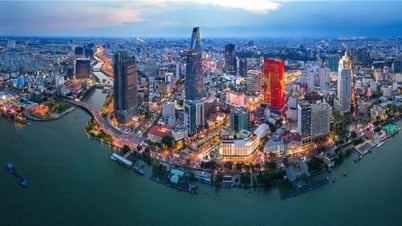
![[Photo] Nearly 3,000 students moved by stories about soldiers](https://vphoto.vietnam.vn/thumb/1200x675/vietnam/resource/IMAGE/2025/5/17/21da57c8241e42438b423eaa37215e0e)





















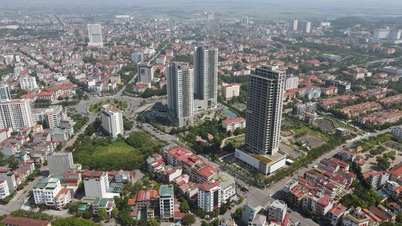
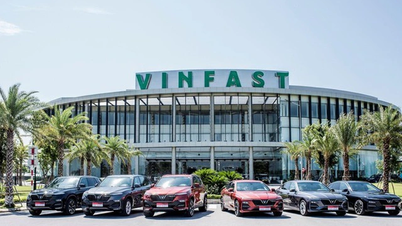







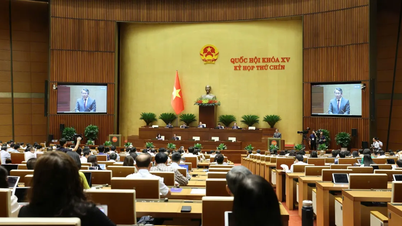







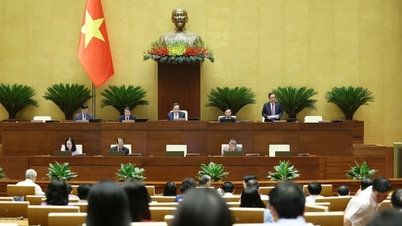





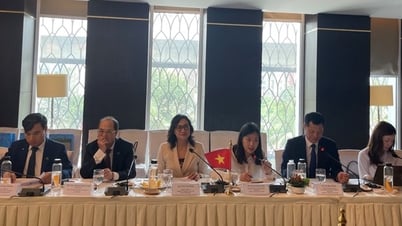



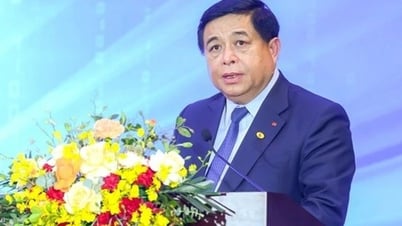







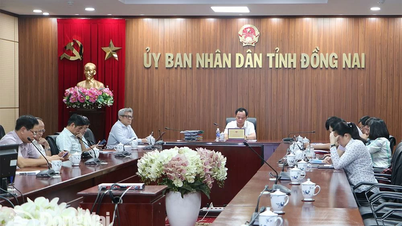













Comment (0)